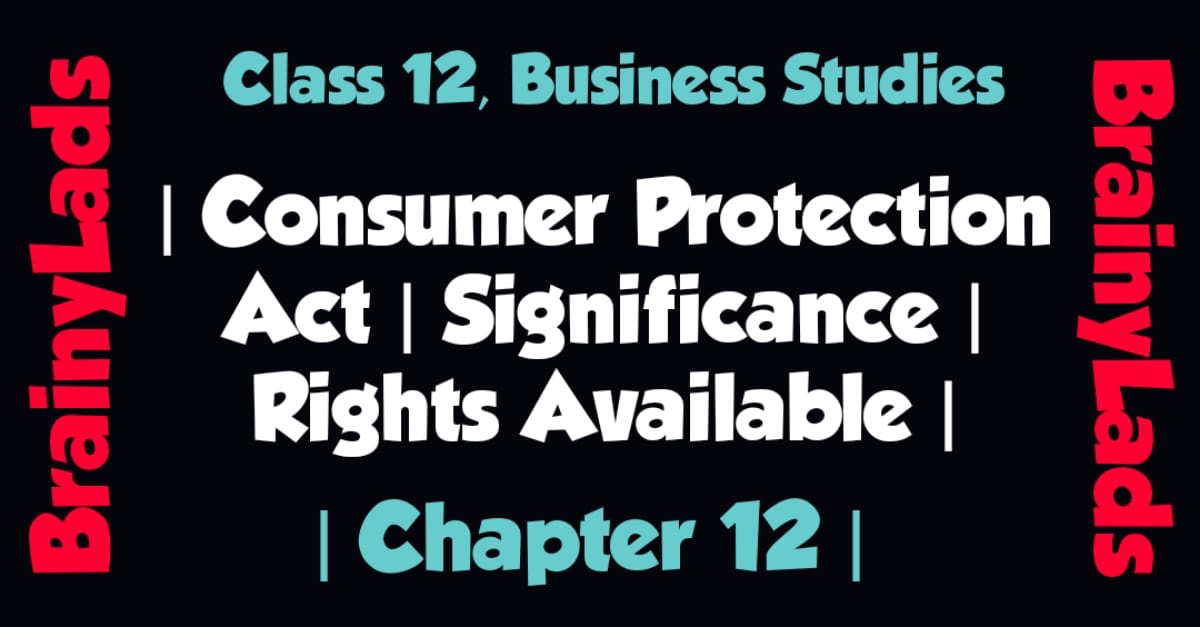April 2, 2021
Controlling Class 12 | Features | Significance | Process | Chapter 8 |
Table of Contents
Controlling Class 12 | Features | Significance | Process | Chapter 8
Meaning of Controlling
Controlling refers to the process of bringing actual result closer to desired result. Under this, deviation is noticed by comparing actual result with desired result so that corrective actions can be taken in an organisation in order to correct it.
Features of Controlling
- Fundamental Function: This function is considered to be the most important function of management for without controlling the whole management, everything is meaningless because one can not get the actual picture of the policies framed by the management.
- Both beginning and End of the Process of Management: Controlling is needed at both the time i.e. beginning and end. In the beginning, it shows the actual outcome of the policies framed by the management in the past year so that the new plan can be made accordingly whereas at the end it shows the deviation in the outcome by comparing estimated outcome with the actual one.
- Related to Results: Progress is noted at the end and corrective actions are taken for that. Therefore, it is related to result.
- It is pervasive in Nature: Controlling is a function which is performed at every level of management as well as in all types of organizations to calculate the actual outcome so that corrective actions can be taken for the same.
Significance of Controlling
- Ensures Discipline: Under this, all types of undesirable activities are checked thoroughly such as theft, delay in work etc. so that corrective action can be taken which ensures discipline.
- Increase Motivation: Controlling process helps to motivate employees by providing them the details of the actual work done which motivates them to complete the task with more dedication.
- Facilitates Coordination: Under controlling, an effort is made to find that whether the departments are carrying out their work with the order they received or not so that a better performance report can come out which helps to check the coordination between the departments of an organisation.
- Fuller Utilisation of Resources: Controlling helps to get the work performance of both the resources i.e. human and physical so that corrective plans are made out to reduce delays in work.
- Accuracy of Standards: With the help of controlling, the accuracy of standards is judged by calculating the deviation so that the plans can be redefined.
Relationship Between Planning and Controlling
- Inter-relationship between planning and controlling: There is a relationship between planning and controlling which is as follow:
- Planning is Meaningless without Controlling: The process of planning can only be successful when the accuracy of the planning is checked in an organisation so that best pictures of the planning can be viewed.
- Controlling is Waste without Planning: The process of controlling is waste if an organisation does not have any pre-defined plans to estimate and compare the actual performance with the estimated performance.
- Difference between planning and controlling: With the above points, one cannot conclude that the process of planning and controlling is same but they have some differences which are as follow:
- The process of planning is looking ahead as under planning process plans are made for future course of action whereas controlling is looking back as under controlling process, the plans which were made before are compared or past course of actions are estimated.
- The functions of management in an organisation are performed in a sequence. Therefore, planning is the first function of management whereas controlling is last function of management.
Process of Controlling
- Setting Performance Standards: Standards refer to the basic criteria which is made and on the basis of criteria, actual plans are compared. Therefore, firstly standards are fixed to compare the actual performance with estimated performance and then deviation can be calculated. With the absence of standards, measuring actual performance is waste.
- Measurement of Actual Performance: Under this step, actual performance is measured on the basis of pre-determined standards so that a manager can look into the activities that the work is being performed as per plan or not. If the work is in progress, in that case the speed of work is checked and if negative result occurs, in that case immediate actions are taken to correct it to avoid further loss whereas if the work is done and negative result occurs so corrective actions are taken to avoid further loss and to compensate the existing loss.
- Comparison of Actual Performance with Standards: Under this step, actual performance is compared with standards which is needed to calculate deviations. Deviation is of two types namely; positive deviation, under this the actual performance is more than the standards and corrective actions are taken to improve the performance of the standards whereas negative deviation refers to the greater standards than actual performance for which causes are found by the manager in order to correct it.
- Analysing Deviations: Under this step, deviations are analysed in order to identify the cause and thereafter deviation tolerance limit is calculated. Deviation Tolerance limit refers to the difference which can be coped up by the organisation. Besides, it refers to the limit which the organisation can avoid or not.
- Taking Corrective Action: This is the last step of all the functions of management in which all the hurdles which are occurring during the course of action are removed. If the deviation is acceptable, no corrective action is taken but if the deviation is not acceptable, corrective action is compulsory to be taken.
We would love your reading of the other chapters given below.
# Controlling Class 12
Do share this post if you liked Controlling Class 12. For more updates, subscribe to our website BrainyLads


